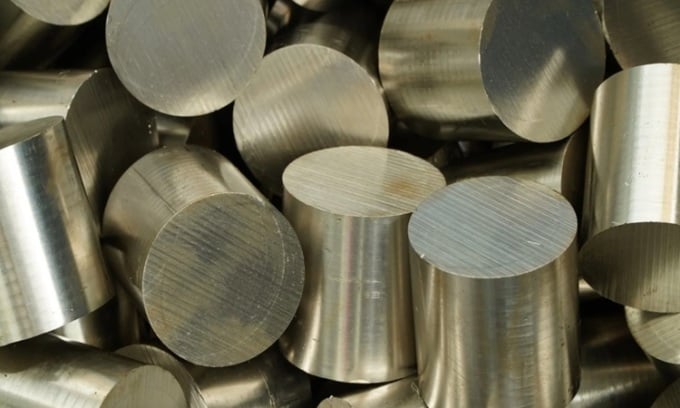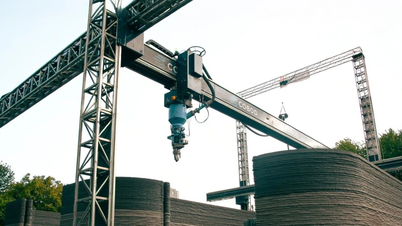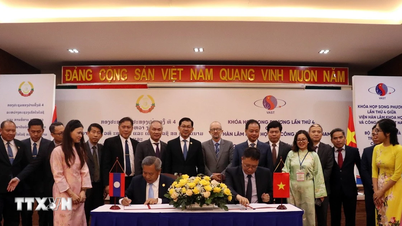Scientists have achieved new results by applying 3D printing technology to titanium alloys, doubling the material's durability and expanding its potential applications in aerospace.

New titanium alloy has record-high fatigue strength. Photo: iStock
The Chinese Academy of Sciences (CAS) detailed the achievement in a study published in the journal Nature on February 28. The research was the result of a collaboration between scientists Zhang Zhenjun and Zhang Zhefeng from the Shenyang Laboratory of Materials Science of the Institute of Materials Research of CAS and Robert Ritchie of the University of California, Berkeley. According to the paper, the research idea was born in China and the material samples were also created there. Ritchie participated in the evaluation of the process.
Although 3D printing has revolutionized manufacturing, its use is limited to the fabrication of parts that require high fatigue resistance. Fatigue strength or fatigue resistance is the ability of a machine part to resist fatigue damage such as gear pitting and surface cracking.
Metal 3D printing, which uses lasers to melt metal powder and layer it into complex shapes in a short time, is perfect for quickly manufacturing large, complex components. However, the high heat generated by the powerful laser beams typically used during printing leads to the formation of air pockets within the part, which can affect the performance of the alloy. These small holes can become a source of stress, leading to premature cracking, reducing the fatigue life of the material.
To solve this problem, the team decided to produce a pore-free titanium alloy. They developed a process using Ti-6Al-4V, a titanium-aluminum-vanadium alloy, that achieved the highest fatigue strength of any known titanium alloy. According to Zhang Zhenjun, the process begins with a hot isothermal pressing operation to remove the pores, followed by rapid cooling before any changes in the internal structure of the alloy can occur. The process resulted in a pore-free alloy with a 106% increase in tensile fatigue strength, from the typical 475 MPa to 978 MPa, setting a world record.
Zhang Zhenjun said the achievement holds promise for applications in industries that require lightweight materials, such as aerospace and new-energy vehicles. So far, the material has only been produced at the scale of a dumbbell-shaped prototype with the thinnest part measuring 3 mm, too small for practical applications. Although the technology is still in the experimental stage, it has great potential for manufacturing complex devices.
According to CAS, many aerospace parts, including the nozzle on NASA rockets, the airframe of the J-20 fighter jet and the fuel nozzle on China's C919 aircraft, are made using 3D printing technology. With the ability to increase scale in the future, the new technology will be applied more widely.
An Khang (According to Tech Times )
Source link


![[Photo] Hanoi morning of October 1: Prolonged flooding, people wade to work](https://vphoto.vietnam.vn/thumb/1200x675/vietnam/resource/IMAGE/2025/10/1/189be28938e3493fa26b2938efa2059e)
![[Photo] Keep your warehouse safe in all situations](https://vphoto.vietnam.vn/thumb/1200x675/vietnam/resource/IMAGE/2025/10/1/3eb4eceafe68497989865e7faa4e4d0e)
![[Photo] President of the Cuban National Assembly visits President Ho Chi Minh's Mausoleum](https://vphoto.vietnam.vn/thumb/1200x675/vietnam/resource/IMAGE/2025/10/1/39f1142310fc4dae9e3de4fcc9ac2ed0)
















![[INFOGRAPHIC] DJI Osmo Nano Action camera, super compact, 4K 120fps recording](https://vphoto.vietnam.vn/thumb/402x226/vietnam/resource/IMAGE/2025/10/1/8408489112ee446dab897373255c827e)











































































Comment (0)